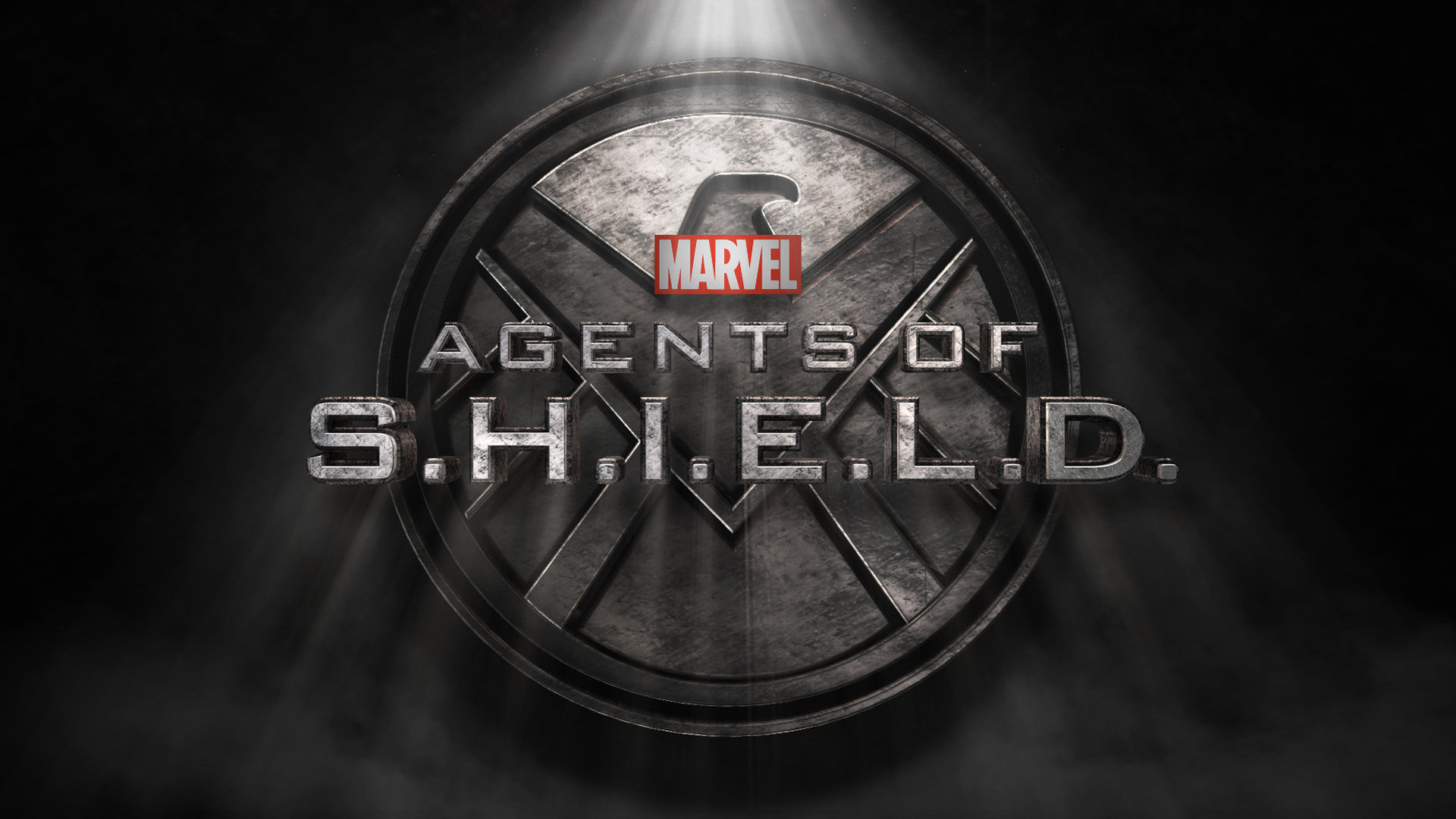NOTE: Spoilers from throughout the fourth season of, “Agents of S.H.I.E.L.D.” are present in this review
Agents of S.H.I.E.L.D. underwent a drastic overhaul with its most recent fourth season, which made the show both darker and much more blatantly comic book-flavoured. With the move to a more adult-driven 10:00 P.M. timeslot, and the splitting of the season into three separate story volumes, ABC took a lot of bold risks with this reliable genre show, and fortunately, virtually all of them paid off well! Agents of S.H.I.E.L.D. finds its new best season to date with this revised direction and structure, and even as the show continues to be challenged in the ratings, its overall quality seems to increase further with every season!
Season Four of Agents of S.H.I.E.L.D. made a bold, risky play right from the get-go, as it served as the vehicle to introduce dark Marvel anti-hero, Ghost Rider into the Marvel Cinematic Universe. Not only did it do that, but it didn’t even use the more recognizable Johnny Blaze persona of the character (one that audiences would most likely recognize from Sony Pictures’ duo of Marvel-licensed Ghost Rider movies), instead utilizing all-new modern Ghost Rider, Robbie Reyes. This led to an unexpected supernatural turn for the series in Season Four’s beginnings, but one that worked very well, especially since it was well-timed with the big screen release of Marvel Studios’ Doctor Strange last November.
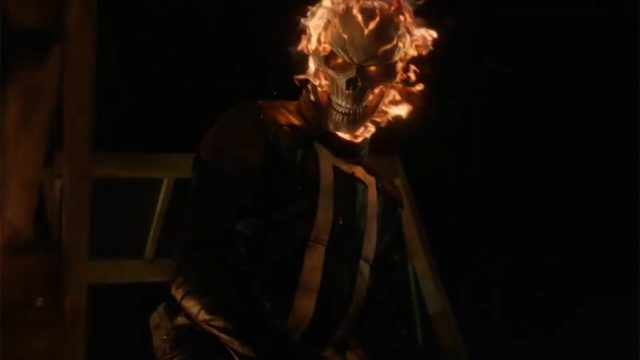
While the ‘Ghost Rider’ arc ended up being the weakest of the three Season Four pods for Agents of S.H.I.E.L.D., it still made for riveting television throughout, as well as a confident demonstration of the show moving in a darker, more explicitly adult-oriented direction. It also served as a way to introduce a major macguffin throughout the entire season, The Darkhold, an evil and shadowy tome that also exists in Marvel Comics lore, which allows the reader to bend the laws of reality when it’s read. The ‘Ghost Rider’ pod’s villain, Eli Morrow ended up being fairly underwhelming, which is part of the reason why this first pod didn’t keep pace with the subsequent two, but the Darkhold ended up being creatively used all season, even when the show moved away from its supernatural storyline to return firmly to the realm of sci-fi later in Season Four.
The new pod-based structure of Agents of S.H.I.E.L.D. makes the show more malleable than it’s ever been, since the show moved so effortlessly from a horror-flavoured supernatural story to a more contemporary-feeling, if still lovably exaggerated battle against rogue technology. This came in the form of Fitz and Radcliffe secretly working together to build the MCU’s first ‘LMD’, or Life-Model Decoy, a subservient android from Marvel Comics lore, one so lifelike that it’s almost entirely indistinguishable from a regular human, unless you cut it open. The second story pod, ‘LMD’, thus had the show effectively firing on all cylinders, as android duplicates of the protagonists started appearing among the team, and it started to become impossible to know who to trust.
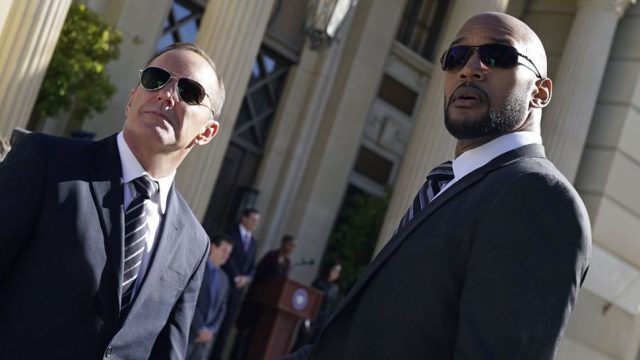
It must also be stressed that Aida, the season’s main antagonist in both the ‘LMD’ and subsequent ‘Agents of HYDRA’ pods, easily stands as the best villain that Agents of S.H.I.E.L.D. has ever featured to date! Mallory Jansen delivered a pitch-perfect evolution of the MCU’s first complete LMD from a lovable servant to a confused, child-like sentient tool, to a ruthless and deadly villain that would do whatever it takes to defy her programming limitations, namely by becoming human with the power of the Darkhold. Like a twisted Pinocchio-style cautionary tale, Aida’s journey to becoming a so-called ‘real girl’ left a lot of bodies and destruction in its wake, while also being careful not to rehash the same cautionary themes that surrounded Avengers antagonist, Ultron in 2015’s Marvel Studios blockbuster, Avengers: Age of Ultron.
Another highly distinct and effective new addition to the series this season came in the form of Jason O’Mara’s Jeffrey Mace, a new S.H.I.E.L.D. director who wants to re-legitimize S.H.I.E.L.D. and bring the organization back into the light. Mace gets headlines for being an Inhuman that saved the life of someone during the Vienna bombing from Captain America: Civil War, but his smiling face and handsome exterior hiding the guise of a fraud and an impotent figurehead was a great way to create a would-be hero struggling with the idea of learning to be extraordinary. Mace is a Captain America stand-in called The Patriot in Marvel Comics lore, and he was actually allowed to embrace that role later in the season, finally finding his place as a hero when he sacrifices himself to save Coulson’s crew. Not even Mace ended up being safe from Aida or the LMD onslaught, but despite whatever mistakes he made, he most definitely went out as an inspiration to the team, which provided a heartwarming ray of hope amidst Aida becoming more unstoppable with every episode.
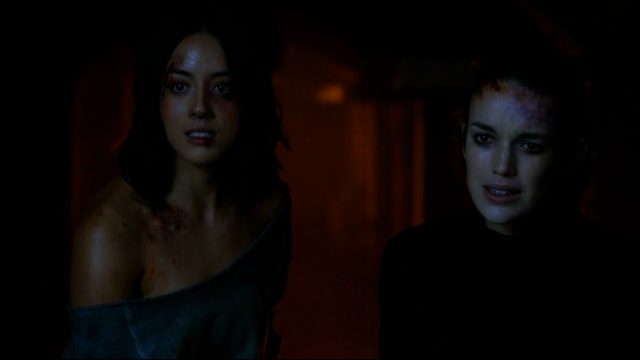
The remaining story pod of Season Four even had Aida almost entirely prevail over the show’s protagonists, as Daisy and Simmons remain the last hope to pull the LMD-swapped agents out of a false alternate reality called The Framework, built by Radcliffe as a way to keep the soul alive after death. Even considering how consistently superb the ‘LMD’ arc was before it, the ‘Agents of HYDRA’ pod that took place in the Framework often delivered the best episodes of the season, as it envisioned an alternate-reality take on the MCU, where major superheroes like The Avengers appear to be absent or dead, while Inhumans are hunted and persecuted by a now-totalitarian HYDRA regime, which has completely replaced S.H.I.E.L.D. in this reality. This was a highly creative way to showcase a ‘What If…’ storyline, as seen with non-canon speculative stories from Marvel Comics lore, showcasing just how different the world would be if it completely gave in to its fear and hatred of Inhumans.
The Framework also served as a very clever way to dive deeper than ever into the show’s lead personalities, and how far they’ve come. Brett Dalton was able to re-appear as a now-heroic Ward most notably, while we also got a reunion with the late Antoine Triplett, along with great, re-imagined nods to former HYDRA villains from Agents of S.H.I.E.L.D.’s history. Re-imagining Aida as the Madame HYDRA of the MCU in this reality was also a stroke of genius, giving her god-like influence over an unpredictable and hostile false reality. This turn also allowed us to probe some truly ugly sides of our heroes, as Fitz is brainwashed into becoming a psychopathic HYDRA executive that’s also in a romantic relationship with Aida/Madame HYDRA, and Mack initially refuses to leave the Framework, since his late daughter, Hope is alive in its reality. All of this culminates in a thrilling final battle against Aida once the agents all manage to escape their virtual prison (even if the battle itself was disappointingly brief), one that saw Ghost Rider return to the show to exact the finishing blow on an Inhuman rendition of Aida, before the protagonists are captured by a mysterious organization and brought into space for an ending cliffhanger to the season. Could this be the MCU’s rendition of SWORD?
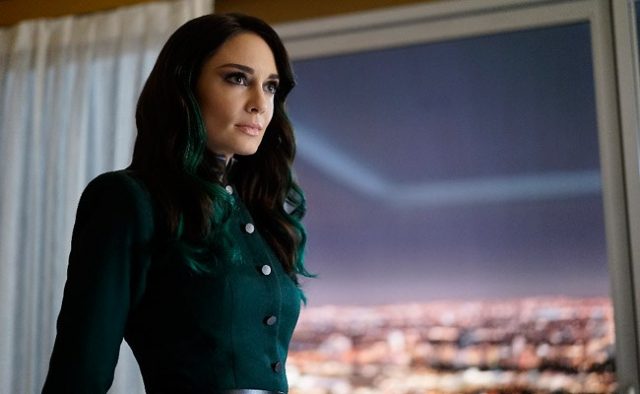
There’s entirely too many reasons to go over when it comes to why Season Four of Agents of S.H.I.E.L.D. is an awesome new high point for Marvel’s ongoing ABC series. The show exceptionally embraced its more adult 10:00 P.M. timeslot to produce edgier and more chilling storylines, while brilliantly moving between entire genres and backdrops as it built up to a standout threat, while in turn also delivering tons of compelling character drama amidst the heightened comic book-flavoured fun. This new pod-based format for Agents of S.H.I.E.L.D. definitely deserves to stick, and I hope that the show keeps up this continually building creativity and excitement when it moves to Friday nights next season. Disappointingly, it looks like Agents of S.H.I.E.L.D. won’t return until 2018 at this rate, since its Fall 2017 timeslot is being occupied by the eight-episode debut of Inhumans, but should Season Five offer even comparable entertainment and inspiration as its predecessor, I’m willing to wait as long as I have to for it!

